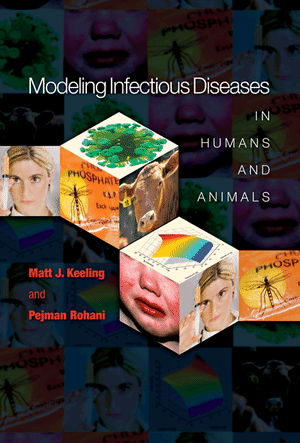|
One of the conceptually important
uses of epidemiological models is to provide some basic guidelines for
public health practitioners. Models have two
primary uses in applied
settings. First, as we have seen in previous chapters, statistical data
analyses and model
fitting permit basic epidemiological characteristics of pathogens to be
uncovered. This,
in conjunction with empirical observations, enables epidemiologists to
develop a picture
of the kind of pathogen they are faced with, such as its transmission
potential, routes of
transmission, and latent and infectious periods. The second use of
epidemiological models
is to provide a means of comparing the effectiveness of different
potential management
strategies.
The most straightforward objective is simply to minimize transmission
within a
population, with the ultimate aim of reducing it to zero.
Alternatively, we may wish to
minimize the occurrence of disease (or severe illness). Although for
many infectious
diseases these two objectives may amount to the same control outcomes,
for others this
change in emphasis can have dramatic implications for control
strategies. For example,
infectious diseases such a rubella or toxoplasmosis are associated with
minimal health risks
when affecting the young or the old, whereas infection in pregnant
women can have very
serious consequences. In reality, a range of constraints and trade-offs
may substantially
influence the choice
of practical control strategy, and therefore their inclusion in any
modeling analysis may
be important. These limitations may be simply logistical, in terms of
the number of units
of vaccine that can be administered in a given time frame, or
epidemiological such as
adverse reactions to a vaccine.
In this chapter, we review some
mathematical models of different types
of control
strategies available to decision makers, with some of their inherent
limitations and the
general principles that emerge from their analyses. We start by
considering alternative
aspects of vaccination, before discussing control of smallpox by a
combination of vaccination
and contact reduction.
Programs:
| Program 8.1 |
Page 293 |
SIR
model with paediatric vaccination
|
| Program 8.2 |
Page 296 |
SIR
model with wildlife vaccination
|
| Program 8.3 |
Page 302 |
SIR
model with pulsed vaccination
|
| Program 8.4 |
Page 305 |
SIR
model with 2 risk classes and targetted vaccination
|
| Program 8.5 |
Page 315 |
Smallpox
control model
|
|


